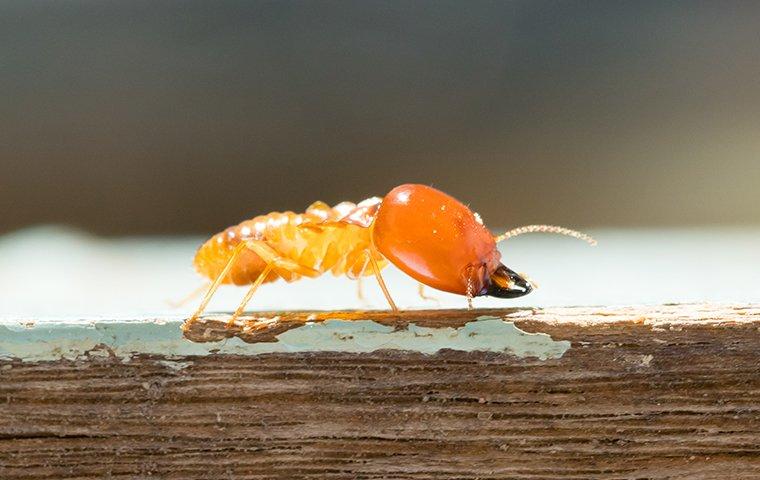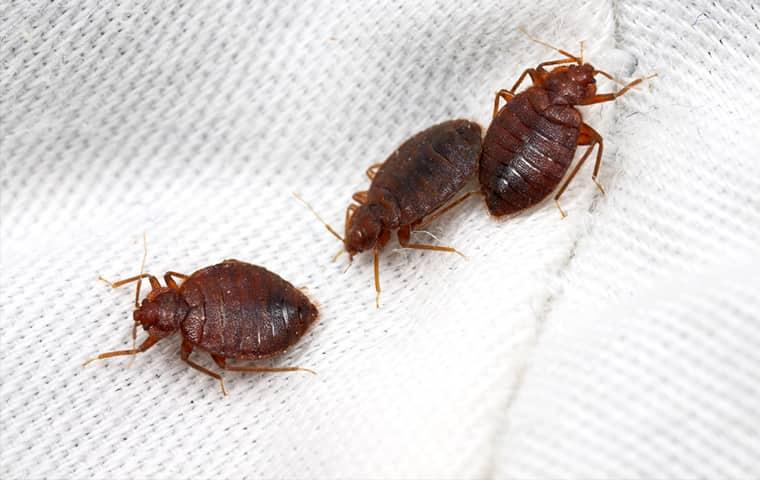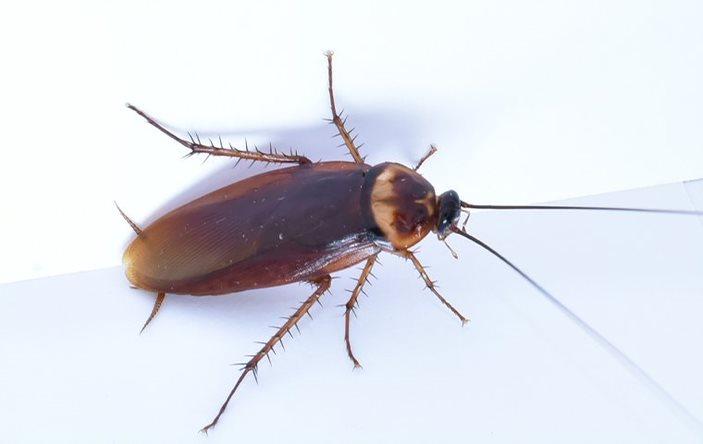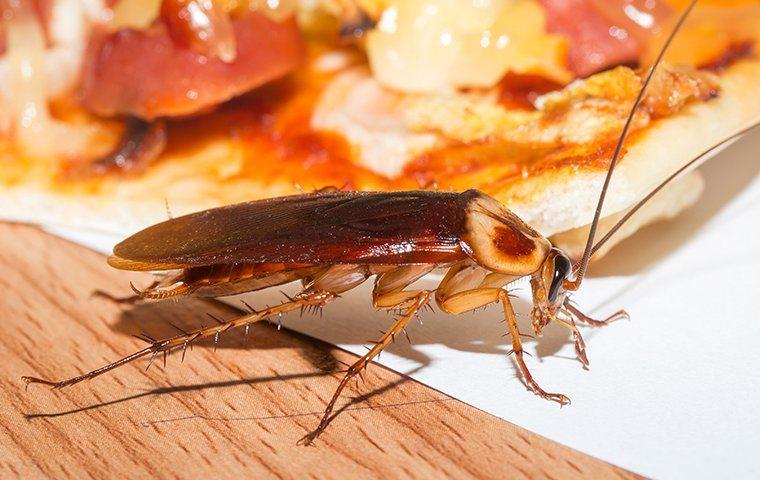Does My Termite Contract Cover Drywood Termites?
May 27, 2020
At Lindsey Pest Services, we aim to provide you with solutions to all pest problems, including termites of every species. However, our warranty for subterranean termites will not cover drywood termites, and we would like to take this opportunity to explain why.

First, there is a significant difference between these two types of termites. Termites are social insects, meaning they live together in societies called colonies. Drywood termites live and stay in the wood in your home, never leaving the established area during an infestation.
Subterranean termites, on the other hand, travel between their test and infested wood. They return to the soil nest to find water and feed other termites in the colony whereas drywood termites live inside a piece of wood and get their moisture from the wood itself.
As a result of their differing behaviors, our experts must use different treatment strategies for subterranean termites and drywood termites. A solution for one is not the solution for the other for a few important reasons:
-
The nest size of these two types of termites is significant. Drywood termites live in a piece of wood that has a moisture level of 12% to 20%. When a pair of alates (winged swarmer termites) starts a new nest, they hollow out a nest site within the wooden area and lay their first eggs.
-
The development of a drywood termite colony is slow. Over time, it will contain up to 2,500 termites.
-
Over the course of four to five years, a nest will reach full capacity, and the colony will invest energy into developing male and female winged, reproductive termites called swarmers.
-
Once a colony develops swarmers, they will swarm every year inside the infested structure. If the end, if drywood termites have several years to establish colonies and swarm, there are probably several new colonies within a structure that are not big enough to swarm yet.
Here in Florida, drywood termite’s swarming season extends from April through June. When conditions are right, the swarmer’s launch into the air and find a mate. Once paired, the couples shed their wings, mate, and find a new place to start a nest.
Basic Strategies For Identifying A Drywood Termite
If you have a termite problem, there are some ways to determine what species are eating away at your structure. If you can find them, begin by examining their shed wings. Alates will fly to light. Therefore, you will typically find their shed wings on windowsills inside of a structure.
Swarming termites of any species are often confused with ants. All termites have four wings of equal size. Similarly, ant swarmers have four wings, but they differ in size. Two are large, and two are small. If you find wings that differ in size, you likely have an ant problem.
By further examining the wings, you can identify the specific termite species. Through close inspection, experts can tell if you have a drywood, subterranean, or Formosan termite infestation.
Furthermore, drywood and subterranean termites live and eat differently. Subterranean termites prefer soft, most wood that trees create during warmer months of the year. Drywood termites have no preference. They will completely hollow out a piece of wood rather than picking and choosing preferred sections leaving behind large, open spaces.
Drywood termites keep their nest site free from litter and therefore create exit points to remove unwanted debris such as their own waste. Because they live in a dry, wooden structure, they squeeze their excrement pellets to conserve the moisture inside their bodies. As a result, their excrement pellets are six-sided and very firm. They carry waste to an exit hole in the nest and throw it out. If you see a pile of pellets that are six-sided and about half the size of a popcorn kernel, the hole used to push out debris is likely above or next to the pile.
In the end, it’s difficult to tell the difference between the two species without help from a professional. If you think you have a termite problem, it’s time to reach out to the experts at Lindsey Pest Services. We will inspect your property, identify the species of termites in your home or business, and come up with a solution that works. Though our termite warranty does not cover drywood termites, the experts at Lindsey Pest Services can still help. Please reach out to us today with questions about any termite infestation.












